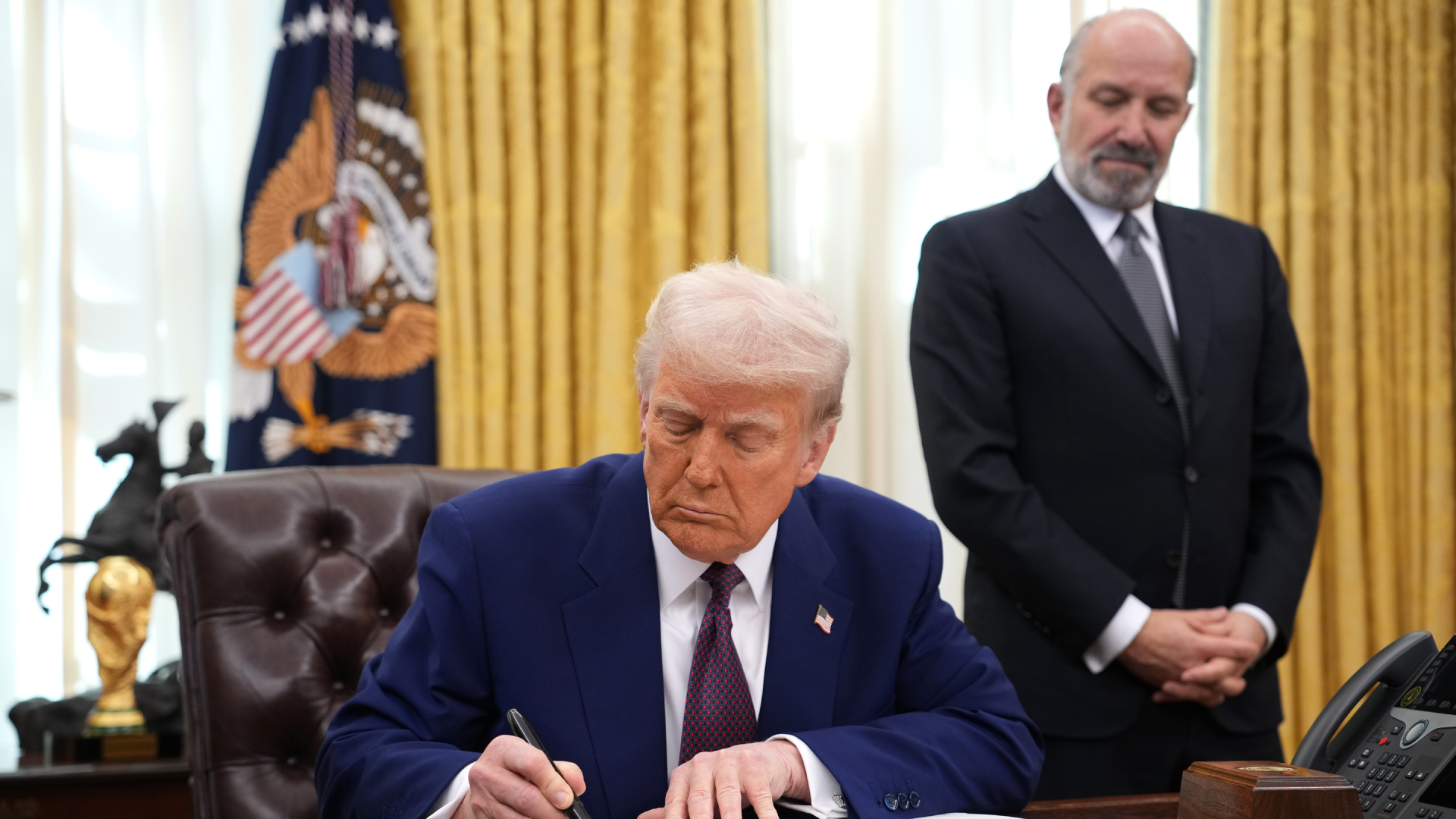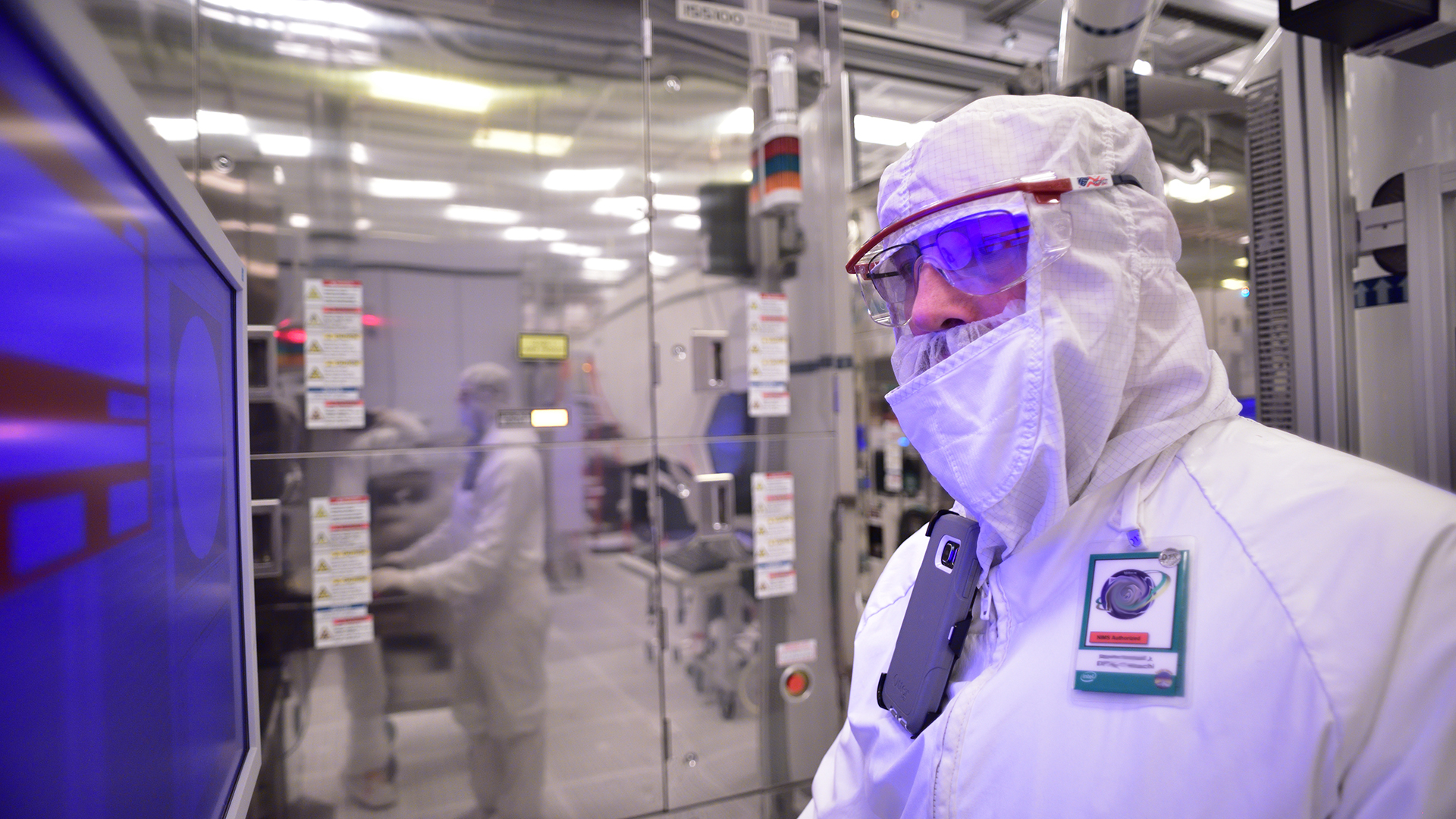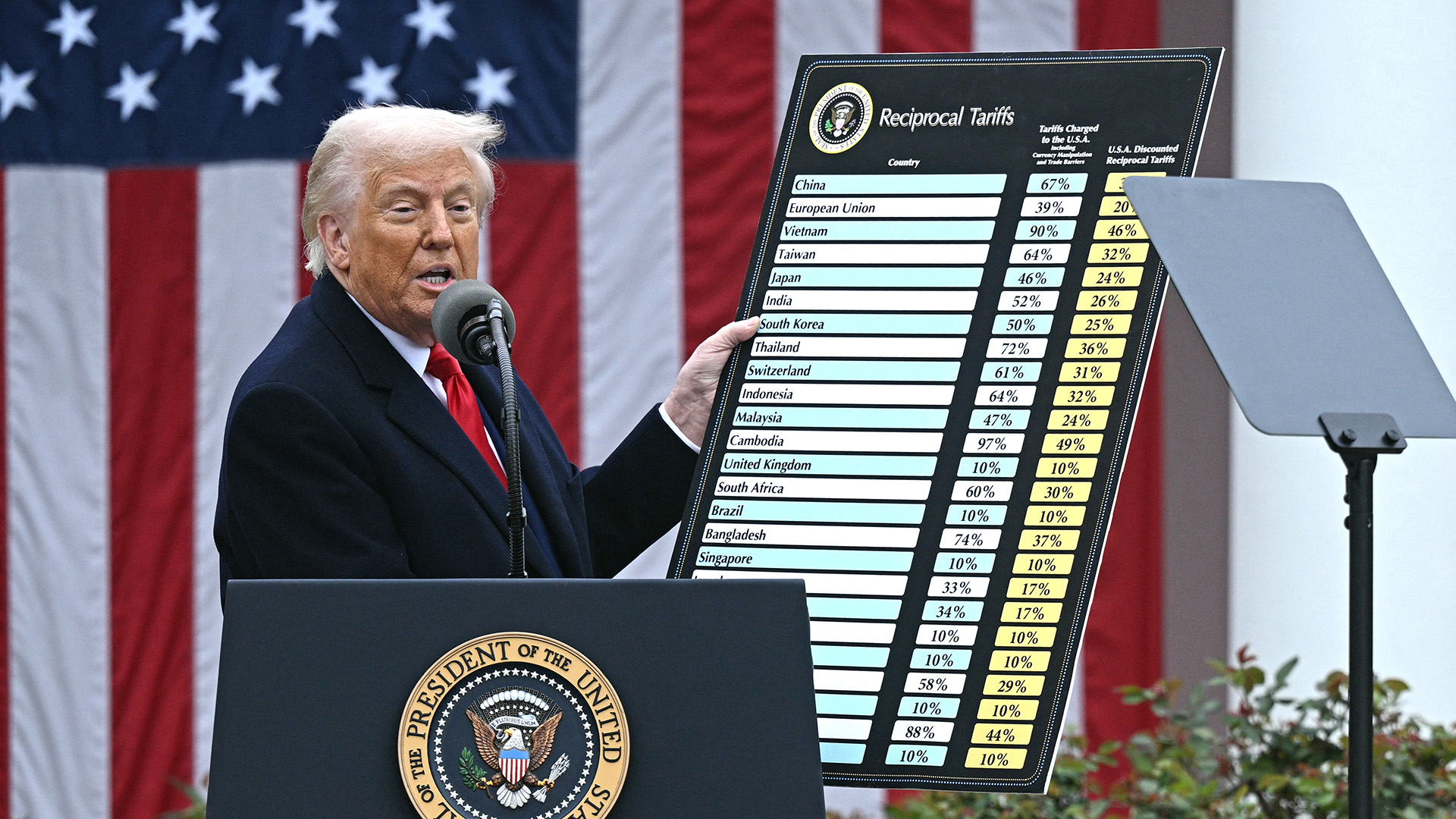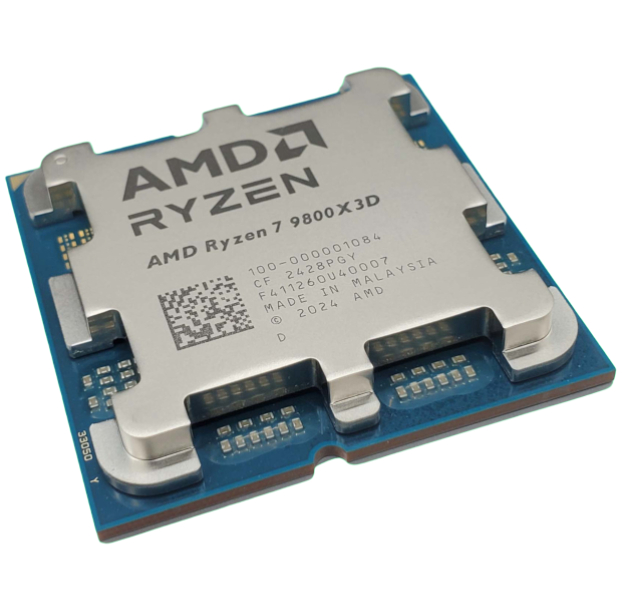The US squeezed Nvidia's AI chip export deal with China into negotiations over important rare earth elements, bizarrely claiming 'we put that in the trade deal with the magnets'
Ah, it's "leaving important bits out" day.

News broke earlier this week that Nvidia was filing applications to sell its H20 AI GPUs in China once more, and that the US government had assured it that a license to sell the high-powered hardware would be granted. Now we're learning a little more about how this arrangement might work, and it turns out it's part of a new US/China trade deal on the import and export of rare earths.
Or, to quote US Commerce Secretary Howard Lutnick speaking to Reuters, "We put that in the trade deal with the magnets." While the agreement does appear to include the specific lifting of an export ban on magnets, it's the rare earth metals that are almost certainly the bigger prize on the table here.
On June 11, US and Chinese representatives finalised the new deal, which, according to President Trump, includes an agreement from Beijing to resume exports of "any necessary rare earths" (and "full magnets") to the states, while the US would back off from its previous threats to revoke the visas of Chinese students. And, according to Lutnick, it would also enable China to buy Nvidia's high-end AI chips once more as part of the same package.
China has an estimated reserve of 44 million metric tons of rare earths, a group of 17 metallic elements that are absolutely essential for the production of modern electronic devices. That makes the country the largest potential source of the precious elements behind Brazil, which is currently estimated to have a reserve of 21 million metric tons.
The United States, however, is estimated to have a reserve of 1.9 million metric tons, provided by a single operational mine located in Mountain Pass, California. Here we reach something of a thorny point in the Trump administration's "America first" ideology: While the US is arguably capable of providing for itself in many respects, rare earths in relation to electronics manufacturing is not currently one of them.

So, a deal appears to have been struck, which stands in stark contrast to both the Trump administration's tariff policy so far (China being hit far harder by the wave of tariffs than any other nation) and, it seems, the prior Biden administration's restrictions on the export of high-end AI hardware. Bundling the two together in the same deal makes a whole lot of sense, I suppose, particularly if a tit-for-tat arrangement is potentially underway.
China wants high-end AI hardware, the US wants rare earths, and both, of course, want to prosper well into the future when it comes to cutting edge tech. Trump appears keen to revive the US electronics and chipmaking industry, but without the rare earth imports to do so, it'd likely be a plan that struggled to get off the ground.
Keep up to date with the most important stories and the best deals, as picked by the PC Gamer team.
Commerce secretary Howard Lutnick, on the other hand, is believed to be one of the key architects behind the Trump administration's… unusual approach to tariff structuring. Previously known as an American businessman and philanthropist, he was recently criticised during a congressional hearing for steadfastly holding to his view that building and producing products in America would result in paying no tariffs, despite protestations from congresswoman Madeleine Dean that "we can't produce bananas in America."

For the purpose of balance, I will point out that a relatively small number of bananas are grown in Hawaii [PDF warning]. Anyway, aside from being listed this year as one of the world's 100 most influential people, Lutnick was endorsed by Elon Musk to be Trump's US treasury secretary after his election, before instead being picked as commerce secretary.
It is believed that Lutnick was a key factor in negotiating behind the scenes with China and a number of other countries in the early days of the current administration, although some reports have indicated that many of Trump's allies are less than pleased with his current level of influence regarding the President.
So, what does all this have to do with the price of fish? Well, many have speculated that Trump's apparent hardball tactics may have been an attempt to force China to the negotiating table, and rare earths in exchange for AI chips seems to be at least part of the new deal between the two.
Tech really does make the world go round these days, and while Nvidia CEO Jensen Huang seems pleased as punch at the opportunity to sell to China once more, it's the rare earth side of the trade deal that might have the biggest impact on the future of the industry as whole.

👉Check out our list of guides👈
1. Best CPU: AMD Ryzen 7 9800X3D
2. Best motherboard: MSI MAG X870 Tomahawk WiFi
3. Best RAM: G.Skill Trident Z5 RGB 32 GB DDR5-7200
4. Best SSD: WD_Black SN7100
5. Best graphics card: AMD Radeon RX 9070

Andy built his first gaming PC at the tender age of 12, when IDE cables were a thing and high resolution wasn't—and he hasn't stopped since. Now working as a hardware writer for PC Gamer, Andy spends his time jumping around the world attending product launches and trade shows, all the while reviewing every bit of PC gaming hardware he can get his hands on. You name it, if it's interesting hardware he'll write words about it, with opinions and everything.
You must confirm your public display name before commenting
Please logout and then login again, you will then be prompted to enter your display name.

